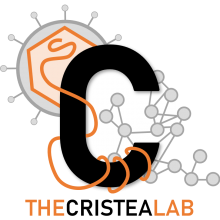Integrating Lys-N proteolysis and N-terminal guanidination for improved fragmentation and relative quantification of singly-charged ions
Type
The study of isolated protein complexes has greatly benefited from recent advances in mass spectrometry instrumentation and quantitative, isotope labeling techniques. The comprehensive characterization of protein complex components and quantification of their relative abundance relies heavily upon maximizing protein and peptide sequence information obtained from MS and tandem MS studies. Recent work has shown that using a metalloendopeptidase, Lys-N, for proteomic analysis of biological protein mixtures produces complementary protein sequence information compared with trypsin digestion alone. Here, we have investigated the suitability of Lys-N proteolysis for use with MALDI mass spectrometry to characterize the yeast Arp2 complex and E. coli PAP I protein interactions. Although Lys-N digestion resulted in an average decrease in protein sequence coverage of approximately 30% compared with trypsin digestion, CID analysis of singly-charged Lys-N peptides yielded a more extensive b-ions series compared with complementary tryptic peptides. Taking advantage of this improved fragmentation pattern, we utilized differential (15)N/(14)N guanidination of Lys-N peptides and MALDI-MS/MS analysis to relatively quantify the changes in PAP I associations due to deletion of sprE, previously shown to regulate PAP I-dependent polyadenylation. Overall, this Lys-N/guanidination integrative approach is applicable for functional proteomic studies utilizing MALDI mass spectrometry analysis, as it provides an effective and economical mean for relative quantification of proteins in conjunction with increased sensitivity of detection and fragmentation efficiency.

